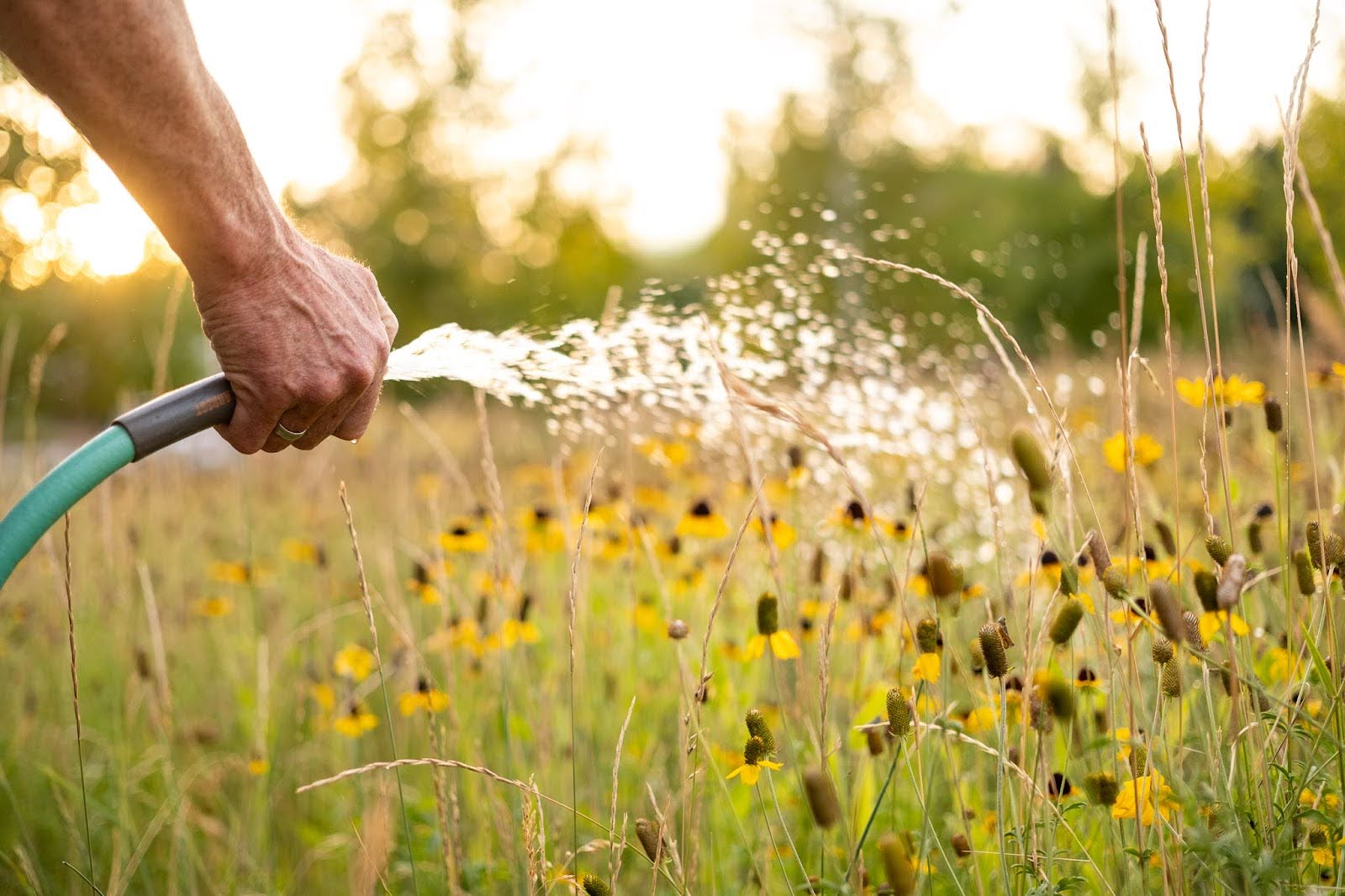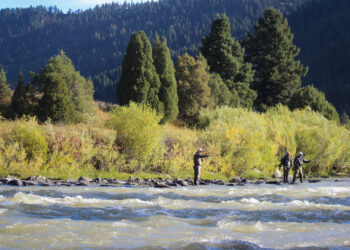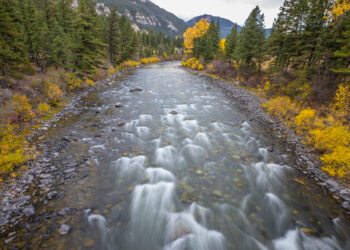By Jess Olson EBS COLUMNIST
As we approach the end of August and the end of summer, we can reminisce about this special place we live in. Maybe you caught your first cutthroat trout on the Gallatin River or took some visiting friends to Yellowstone National Park. Maybe you’re already over this heat and itching to get into winter, eagerly waiting for a snow-capped Lone Mountain. Regardless, we live in a wonderful place, and as much as we enjoy it, it is also up to us to help protect it.
Drought and wildfire risks are here
In August, we entered a severe drought, also known as level 3. This means that river and stream levels are lower than normal, we have less snowpack than we typically have this time of year, and we are seeing little to no precipitation.
This is far from the first time our summers have been hit with drought, and it will certainly not be the last. With drought comes higher wildfire risk. The fires burning near Big Sky and in neighboring Ennis are a stark reminder that these risks are not theoretical—they’re here, and they affect our communities, livelihoods, and landscapes in real time.
We are not here to be doom and gloom, but we do need to be realistic about our surroundings and actively take steps to become more resilient to our changing climate. Because Big Sky is a small community situated in the middle of national forest, we are at 96% higher risk of wildfires than other U.S. communities.

According to the Greater Yellowstone Climate Assessment, in the future we should expect less snowpack, which fuels our water supply, and longer periods of drought that further increase the likelihood of wildfires.
Preparing our homes and landscapes
Throughout the year, there are steps we can take to prepare our homes and landscapes to be more resistant to wildfire. In the short term, when fire risk is high, simple actions like moving firewood away from homes, clearing gutters of debris, trimming back dry vegetation, and keeping grasses cut can make a meaningful difference. Also, taking a couple minutes to sign up for emergency notifications through Everbridge is critical for staying up to date during emergencies.
In the longer term, we can invest in building more resilient landscapes by taking actions like planting native and firewise species, creating defensible space around structures, and reducing the amount of flammable material near buildings. These efforts not only help protect individual properties but also strengthen the safety of our entire community.
Managing water supplies during drought and building wildfire resilience go hand-in-hand. Conserving water is one step we can all take to help keep the Gallatin River strong and protect our water supply. The water that we use at home and in our landscapes is the water that feeds the Gallatin River, and the water that we sometimes have to tap into for wildfires all come from the same source, an already limited supply of groundwater sitting below us.
By conserving water and using it wisely, we help protect our rivers, strengthen our defenses against wildfire, and ensure this shared resource lasts for generations to come.
Alpenscapes is here to help
Fortunately, we know that one of the best ways to combat drought and wildfire, while keeping ourselves safe, is through our landscapes. We can blend beautiful gardens and outdoor spaces with our desire to keep our community thriving.
The Alpenscapes partners are here to help through every step of the way – assessing your home for wildfire risk, inspecting your irrigation system for inefficiencies, and helping you form a plan to tackle invasive species.We’re excited to work with you to create a landscape you’re excited to come home to.
Jess Olson is the conservation manager at the Gallatin River Task Force. She manages the Task Force’s Water Conservation Program and holds a Qualified Water Efficient Landscaper certification to help you with your water-wise projects.











